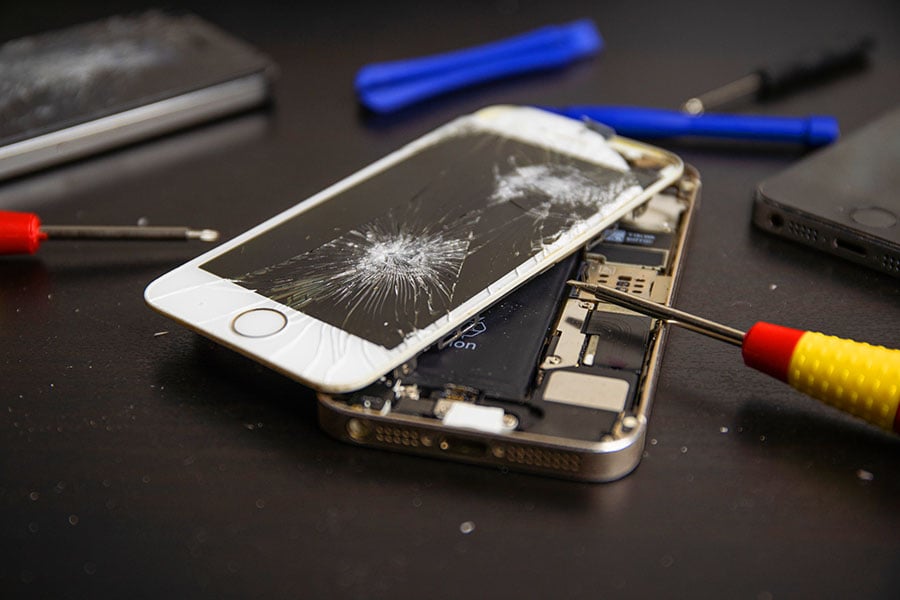
How used products can unlock new markets: Lessons from Apple's refurbished iphones
The idea of reselling old smartphones might have seemed risky for a company known for high-end devices, but refurbished products have become a major profit stream for Apple and an environmental victory. George Serafeim examines Apple's circular model in a case study, and offers insights for other industries
 This “circular economy” model has helped Apple use refurbished iPhones to reach customers in markets that tend to be dominated by lower-priced competitors
Image: Shutterstock
This “circular economy” model has helped Apple use refurbished iPhones to reach customers in markets that tend to be dominated by lower-priced competitors
Image: Shutterstock
Some of Apple’s most loyal customers think nothing of upgrading to the latest iPhone every time one comes out. But what about consumers who can’t splurge on a $1,000 iPhone 15 Pro? And what about the electronic waste that would accrue if people threw away functional phones?
Long before there were titanium phones with bionic chips, Marcelo Claure, then head of the telecom firm Brightstar, saw an opportunity. A few years after the iPhone’s launch, he reached out to Steve Jobs to convince him to take a big strategic risk: Build a system for refurbishing and reselling Apple’s own smartphones, and salvage recyclable materials to cut costs for commodities and parts for those that don’t make the cut.
Claure argued that building a secondhand market for iPhones would enable Apple to not only tap a new market—people who can’t afford the latest iPhone model—but also lower its manufacturing costs. Claure, who’s also the former CEO of Sprint and Softbank, reflected on that conversation to an audience at a Harvard Business School event last year.
“I found that story fascinating. We tend to think about very large companies as having a lot of inertia,” says Professor George Serafeim, who co-led the event. “But here, a very large company that everybody respects for innovation and design and its ability to bring real solutions to the needs of consumers found a way to create a circular economy with its products over time. And not only to expand this market as a cost center, but also make it a profit center.”
Serafeim recently authored a case study that explores how Apple created its own replacement market with the start of its trade-in program in 2013, and bested rivals in the secondary market it expanded. While new phone shipments still outstrip used phones, used shipments across the mobile phone industry rose 12 percent in 2022, according to International Data Corp., as new phones shipments dropped by 11 percent. And the market is forecast to grow by 10 percent a year through 2026.
This article was provided with permission from Harvard Business School Working Knowledge.







